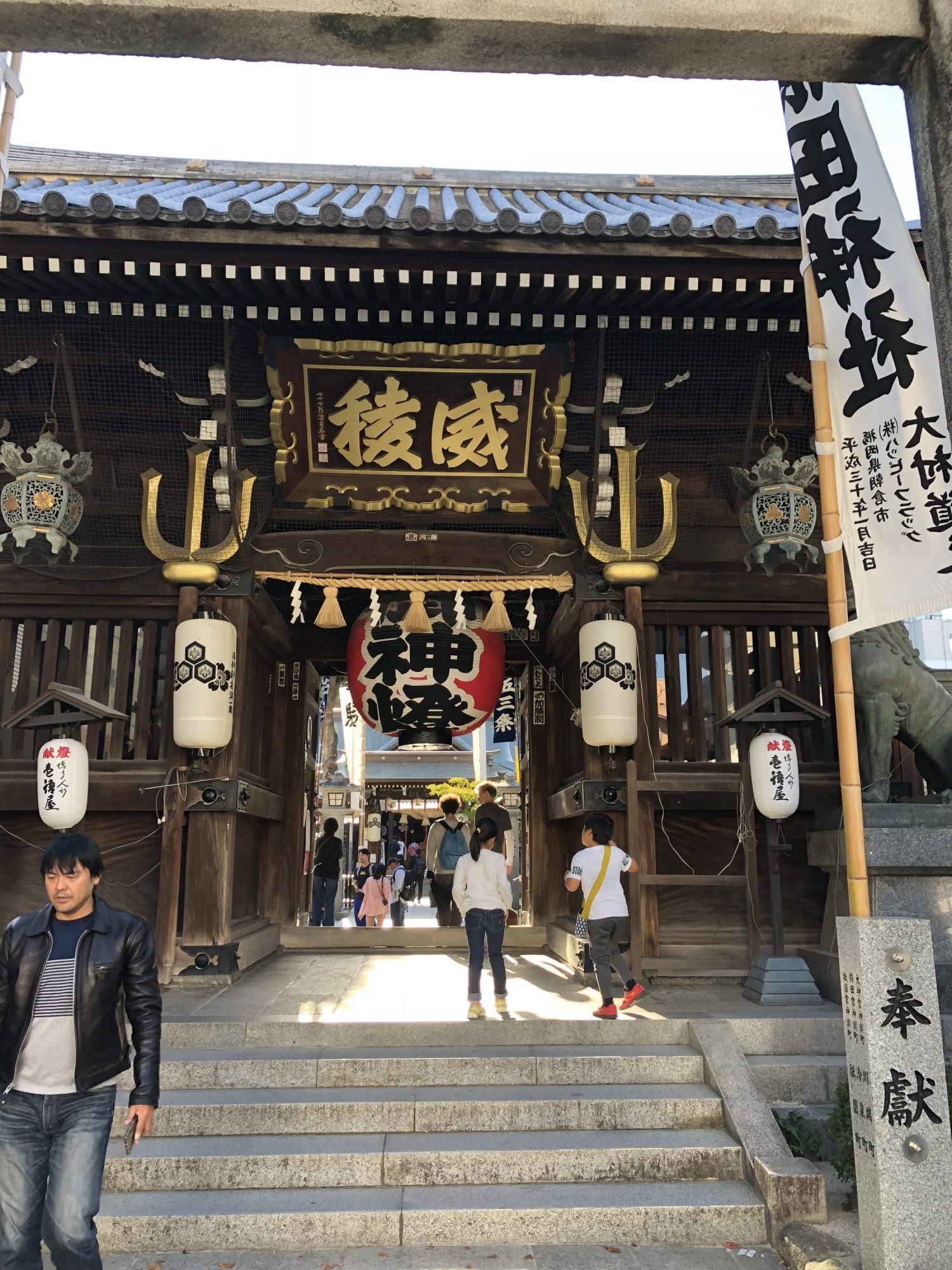The term ‘koryū’ can be translated as ‘old stream’, and is used for pre-modern Japanese schools or traditions that developed prior to the start of the Meiji Restoration in 1868. The koryū are historical and cultural practices that include martial arts, but extend to other old Japanese traditions, including some forms of tea ceremony (chado) and flower arranging (ikebana).
Koryū traditions are distinct and unique practices that are bound up in the people, histories, language, culture and places historically associated with them. This is not commonly understood, and makes them quite unique and different to more common and perhaps better known modern martial arts.
Their unique nature, rich cultural depth and connection to the almost-lost ‘old ways’ of Japan is precisely what appeals to practitioners. That they are moving meditations means that they have both tangible and intangible benefits for their practitioners, which carry through to everyday life. Sōsuishi-ryū is of course also a highly effective form of self defence.
It is important to understand that, while we welcome sincere individuals wishing to join our practice, there are certain expectations – and obligations – to be aware of. Having more clarity around this will allow potential students to determine if they would actually like to undertake training, and whether the match is a ‘fit’, so to speak.
It is for this reason that we often request to meet with potential students to discuss these matters, before commencing training. This can be done simply by arranging a suitable time and visiting a dōjō to talk with one of our sensei. References may be required.


